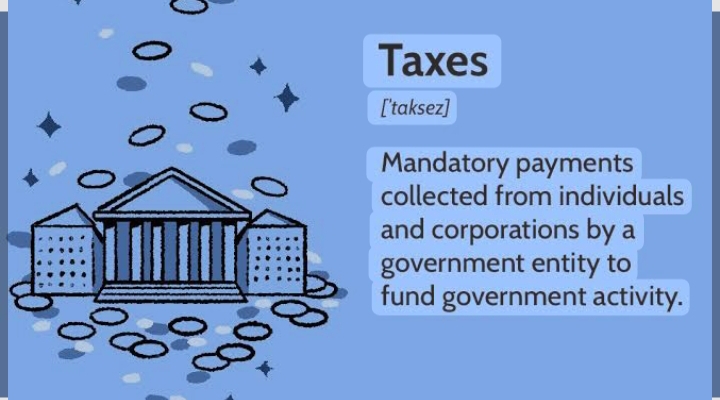
Understanding Taxes: A Comprehensive Guide
Taxes are an integral part of modern life, funding the infrastructure and services we rely on daily. However, navigating the complexities of taxes can be daunting. This comprehensive guide aims to demystify taxes and provide actionable insights to help individuals and businesses manage their tax obligations effectively.
1. What Are Taxes?
Taxes are mandatory contributions imposed by governments on individuals and businesses to fund public services such as healthcare, education, infrastructure, and defense. Taxes are levied at various levels, including federal, state, and local.
Key Types of Taxes:
- Income Tax: Tax on earned income from employment, investments, or business activities.
- Sales Tax: Tax on goods and services purchased.
- Property Tax: Tax on real estate properties.
- Corporate Tax: Tax on business profits.
- Excise Tax: Tax on specific goods, such as fuel, alcohol, and tobacco.
- Capital Gains Tax: Tax on profits from the sale of assets.
2. The Purpose of Taxes
Taxes serve multiple purposes beyond generating revenue for government operations. They play a role in economic regulation, wealth redistribution, and incentivizing certain behaviors.
Examples:
- Public Services: Funding for schools, roads, and public safety.
- Economic Regulation: Tariffs and duties to protect local industries.
- Social Equity: Progressive tax systems aim to reduce income inequality.
- Behavioral Incentives: Tax credits for renewable energy adoption.
3. How Income Tax Works
Income tax is one of the most common forms of taxation. It is calculated based on your earnings and is typically progressive, meaning higher earners pay a larger percentage of their income in taxes.
Components:
- Taxable Income: Total income minus deductions and exemptions.
- Tax Brackets: Income ranges taxed at specific rates.
- Withholding: Prepaid taxes deducted from paychecks.
- Tax Returns: Annual filing to reconcile tax obligations and claim refunds.
4. Deductions and Credits
Deductions and credits are tools to reduce your tax liability. While deductions lower taxable income, credits directly reduce the tax owed.
Common Deductions:
- Mortgage interest
- Charitable contributions
- Student loan interest
Common Credits:
- Child Tax Credit
- Earned Income Tax Credit (EITC)
- Education credits such as the American Opportunity Tax Credit
5. Sales Tax: An Everyday Expense
Sales tax is a consumption tax imposed on goods and services. Rates vary by state, and some items, like groceries or medications, may be exempt.
Tips for Managing Sales Tax:
- Be aware of tax holidays for back-to-school or energy-efficient purchases.
- Keep receipts for major purchases for potential use tax reporting.
- Here’s a concise conclusion for a blog on understanding taxes:
Conclusion
Understanding taxes isn’t just about meeting legal obligations—it’s a vital step toward financial empowerment. By grasping the basics, staying organized, and leveraging deductions and credits, you can minimize your tax burden and maximize your financial potential. Whether you’re filing as an individual, running a business, or investing in your future, a clear understanding of taxes equips you to make informed decisions. With the right knowledge and resources, taxes transform from a source of stress into a tool for smarter money management.
Leave a Reply